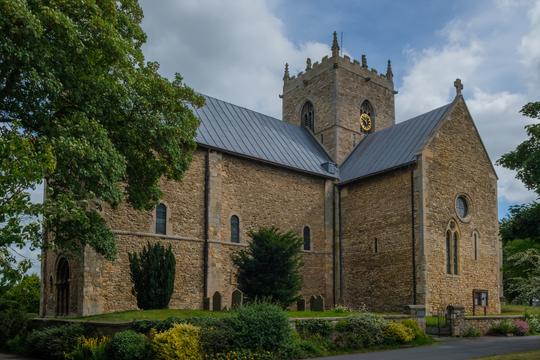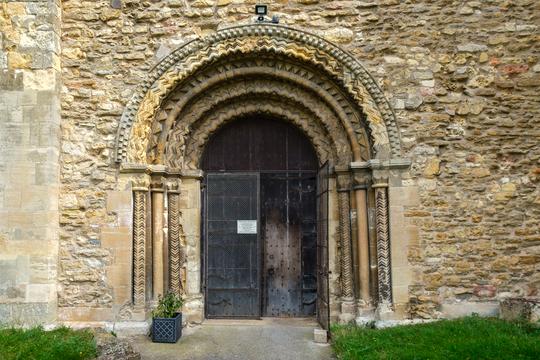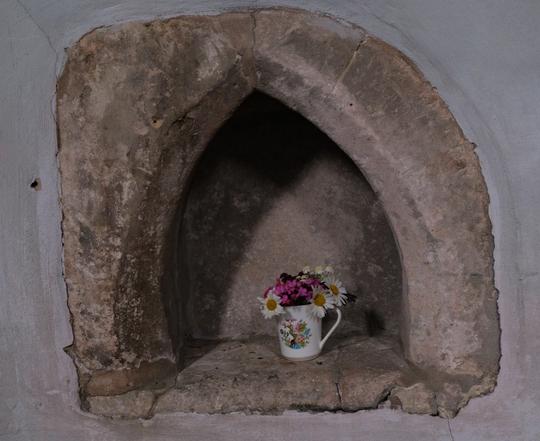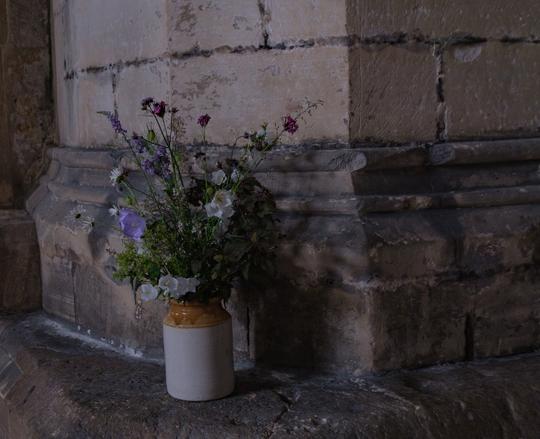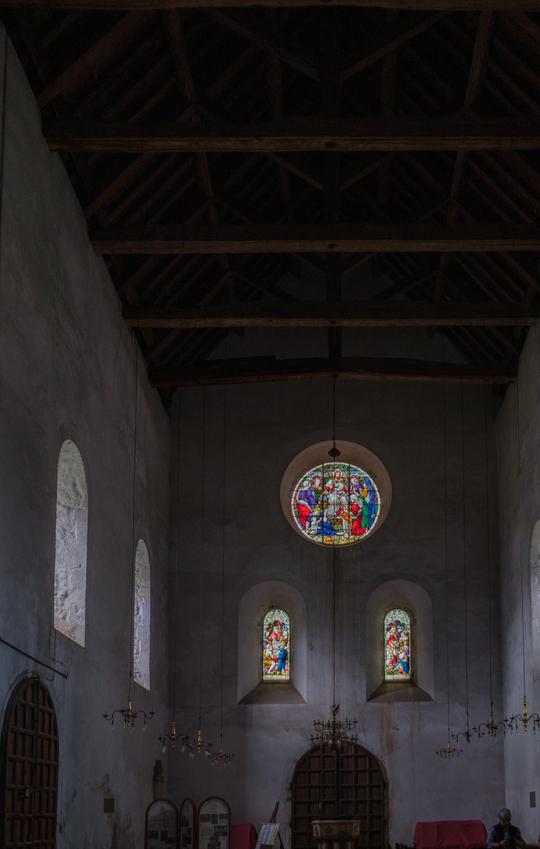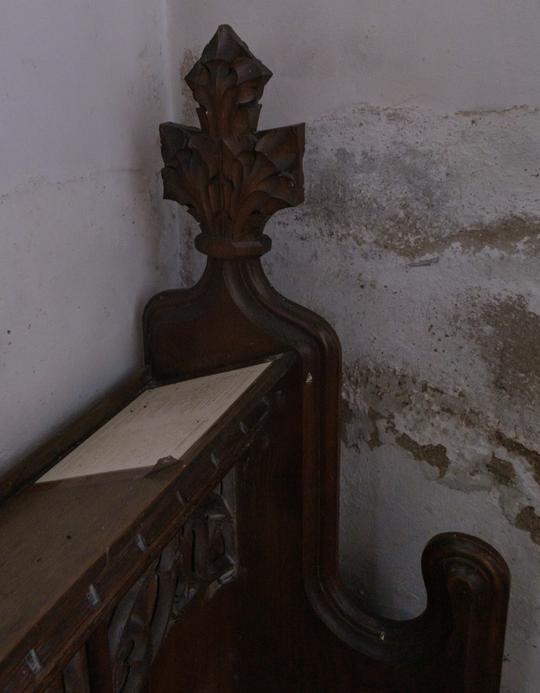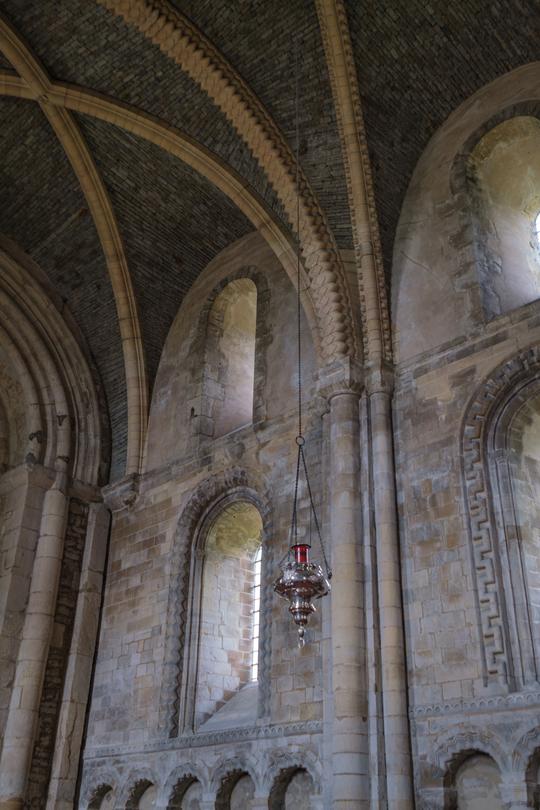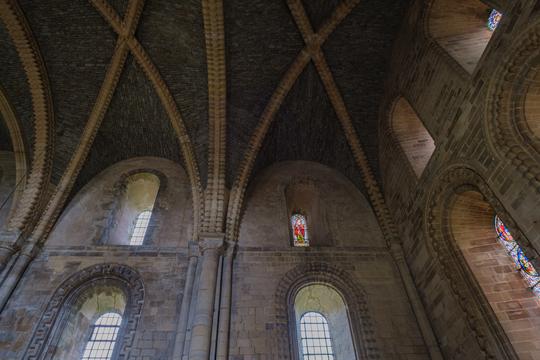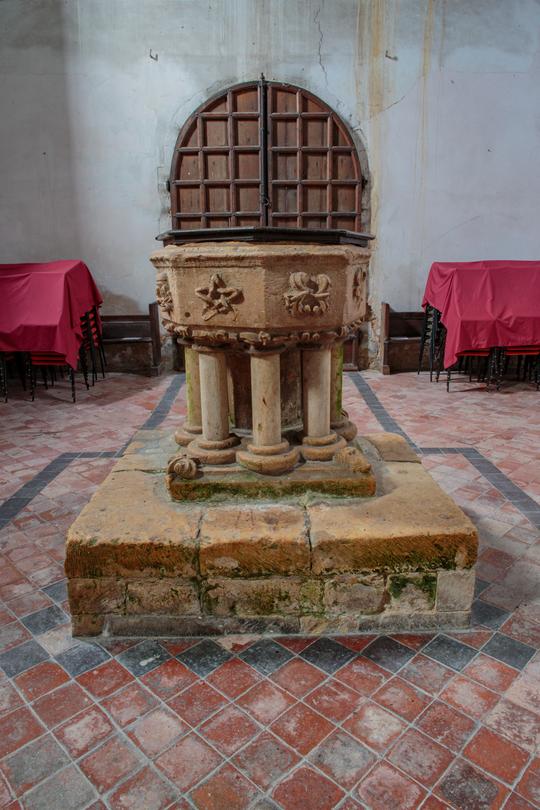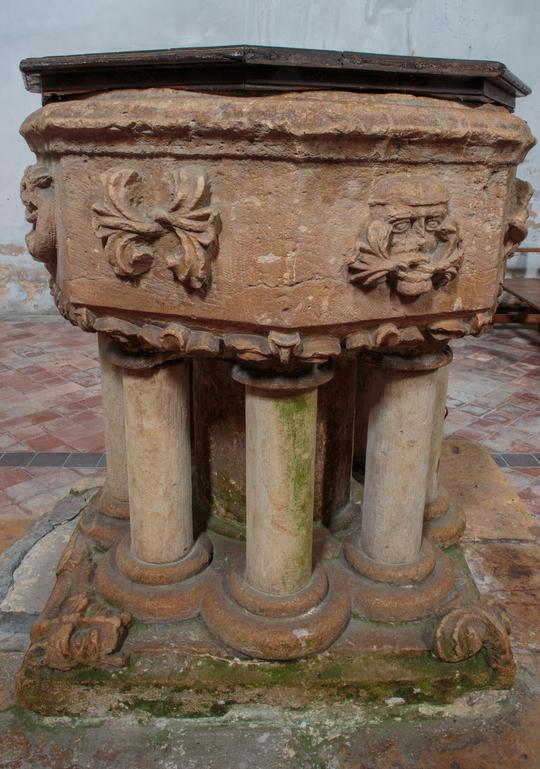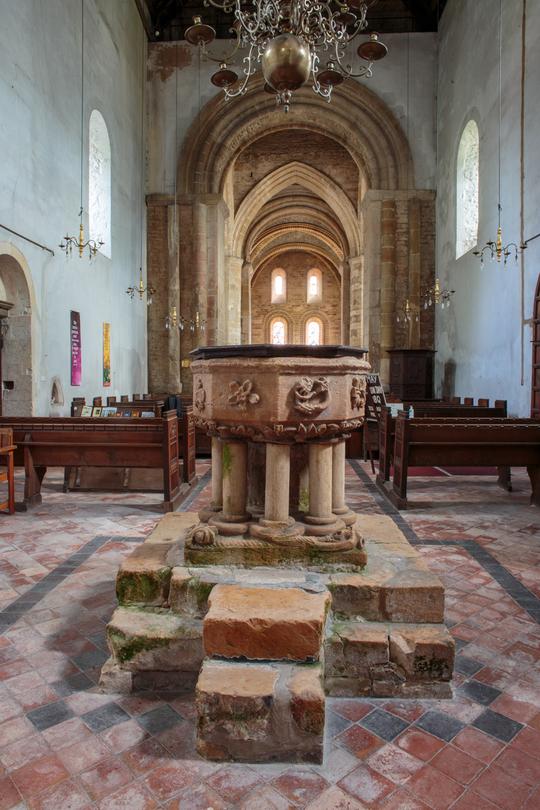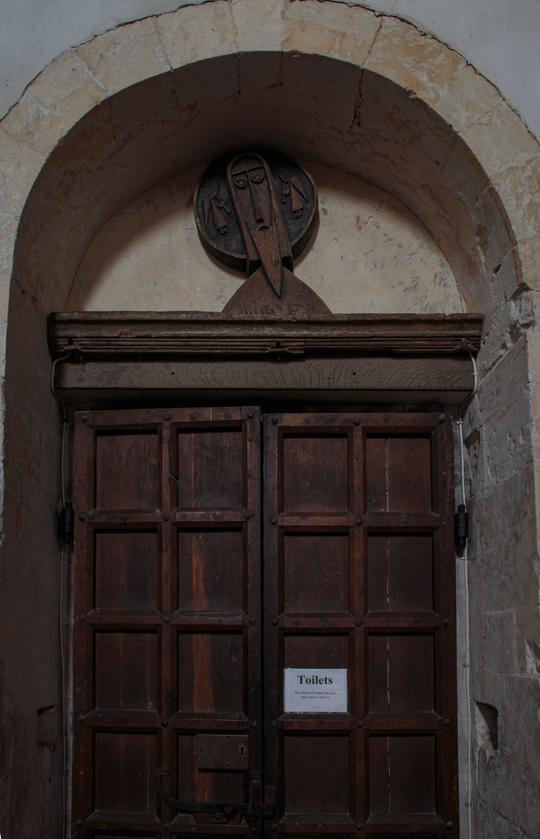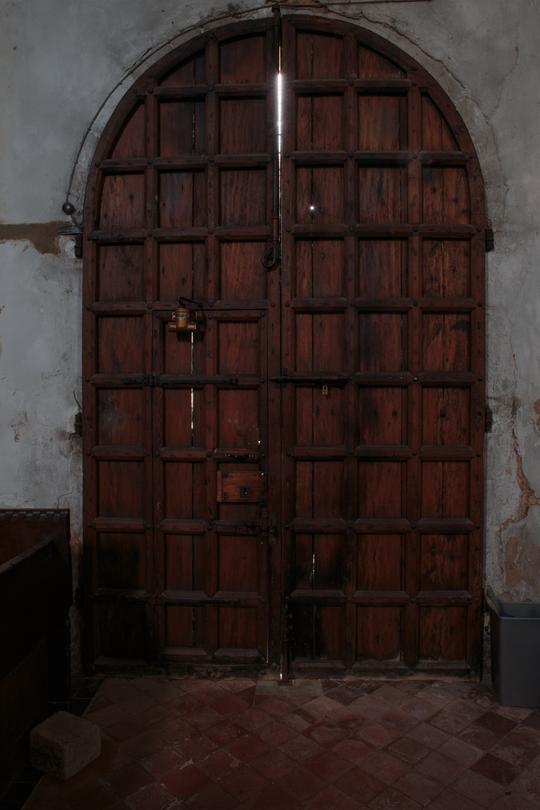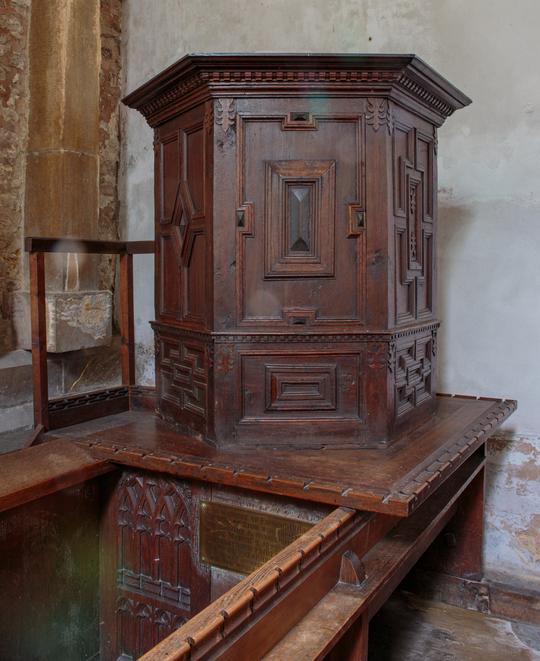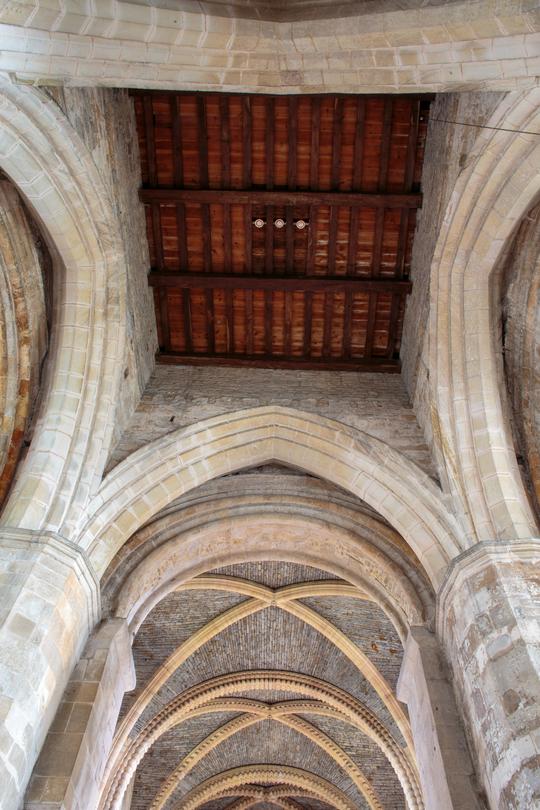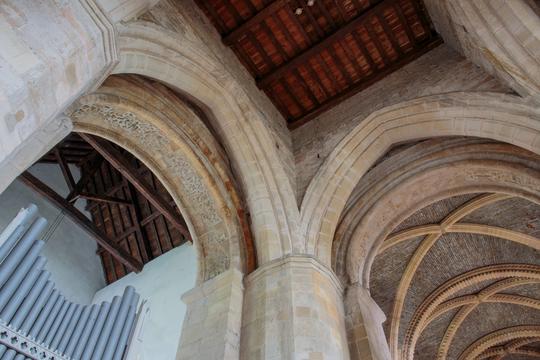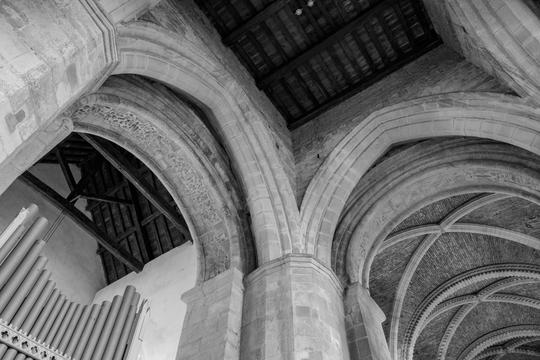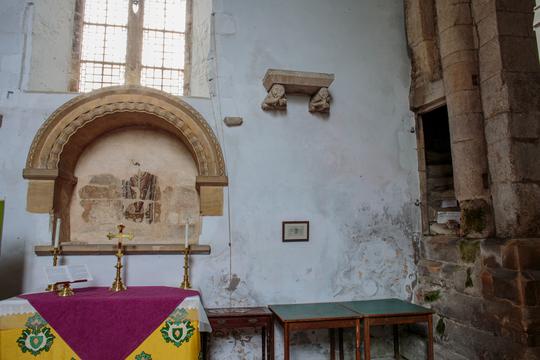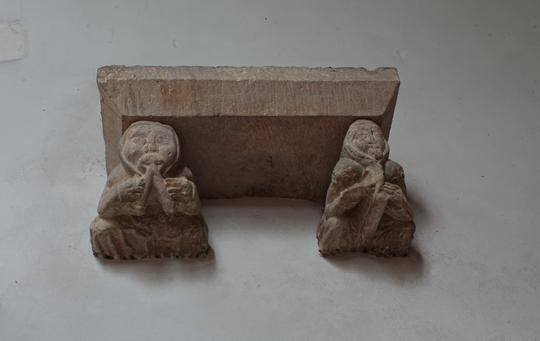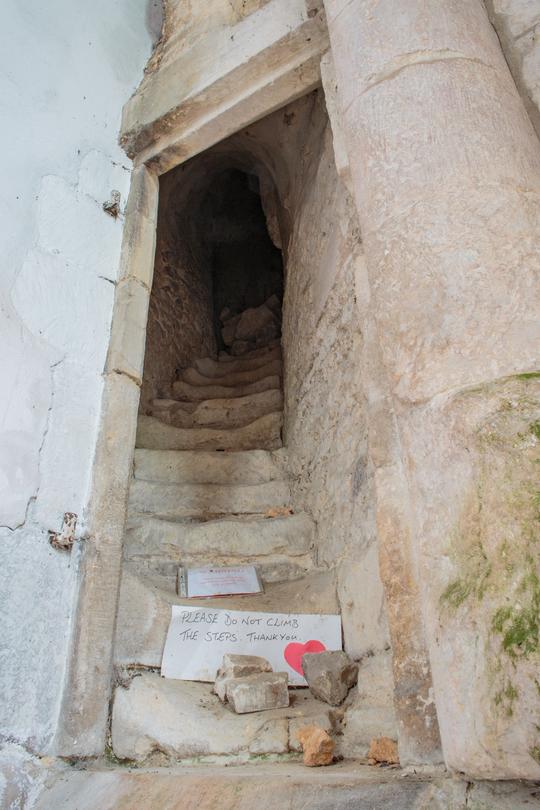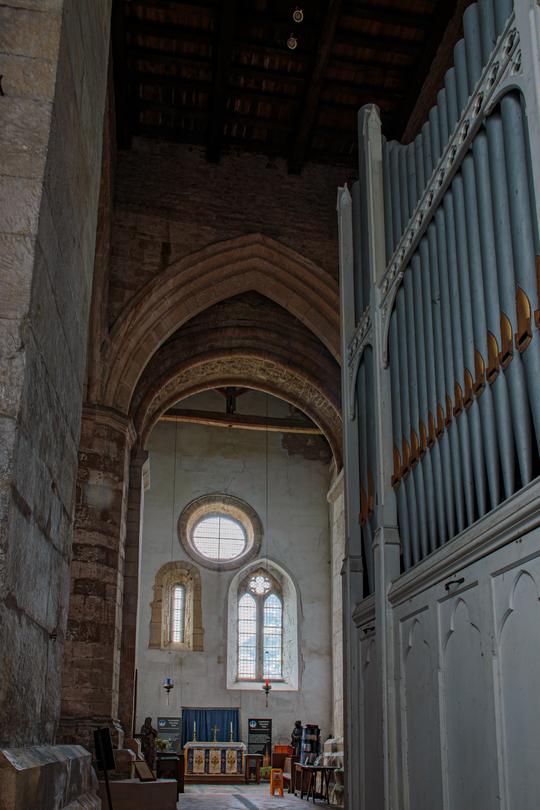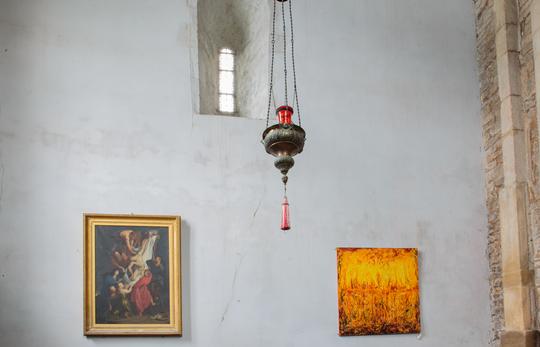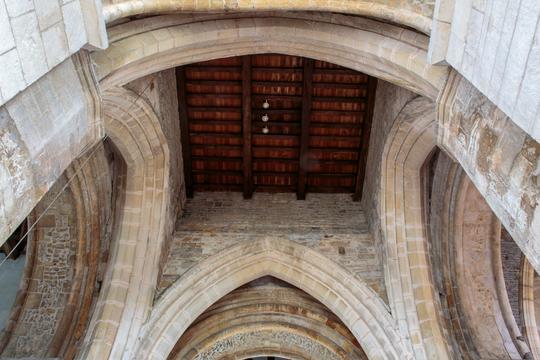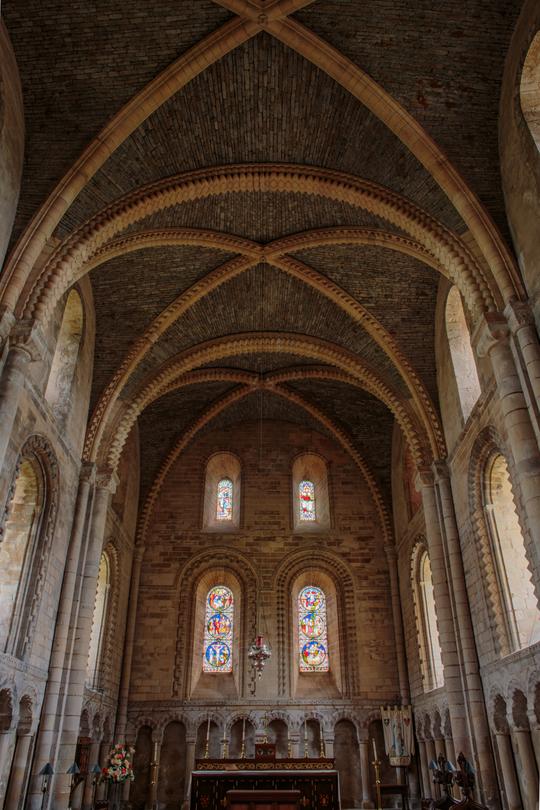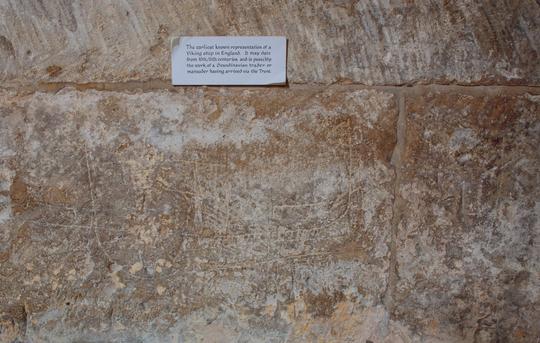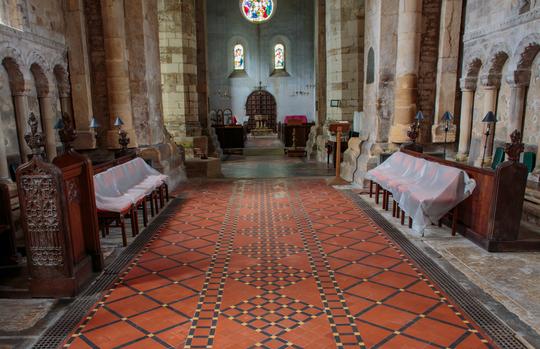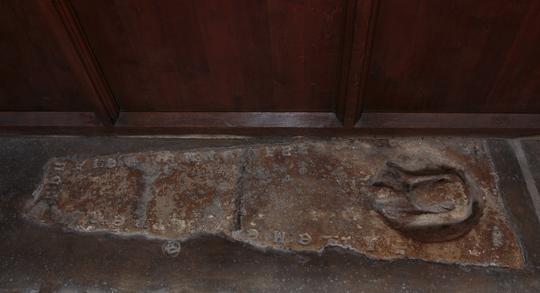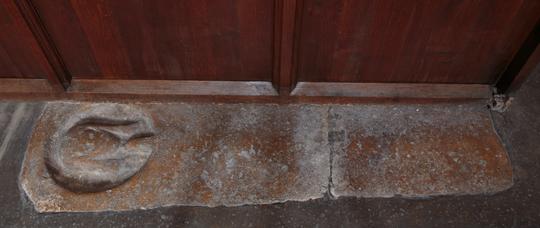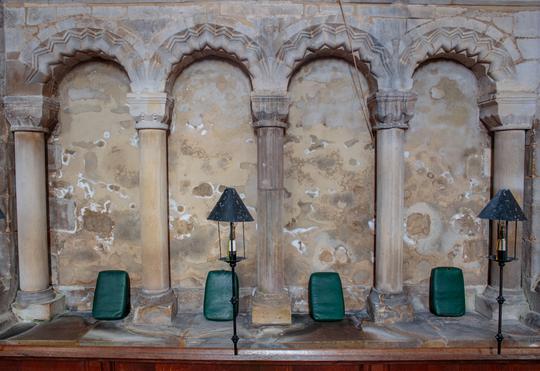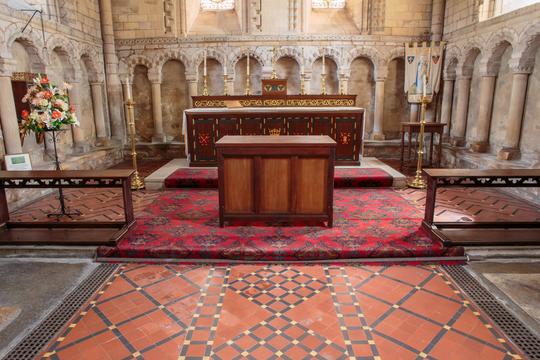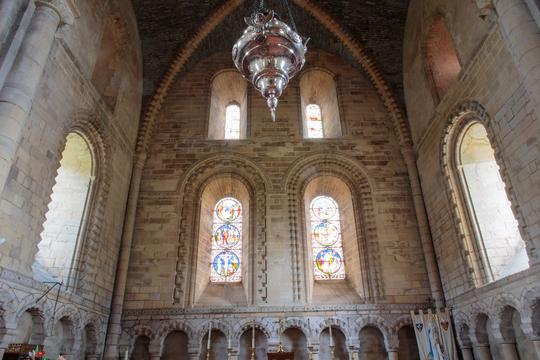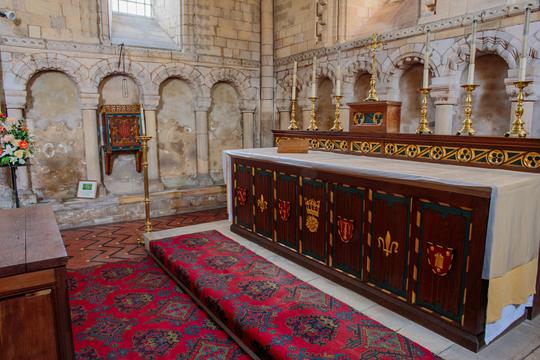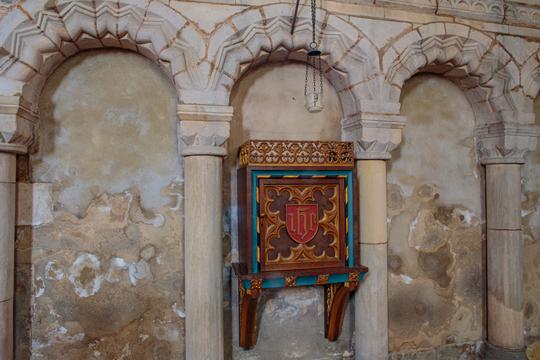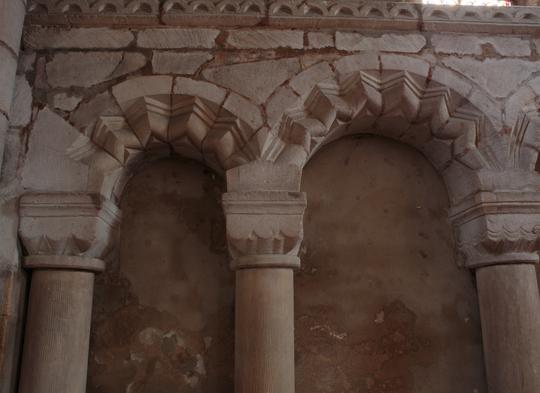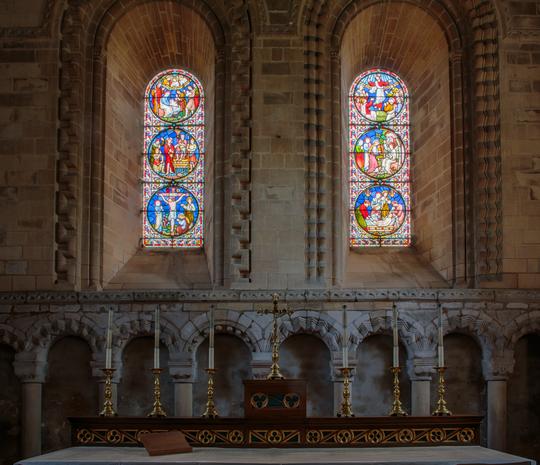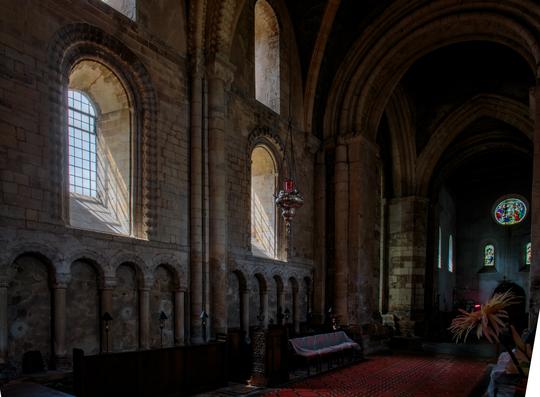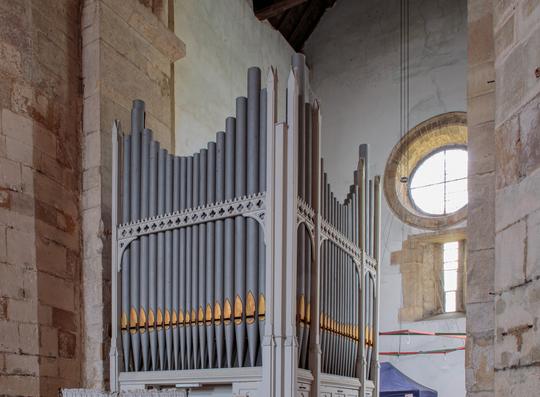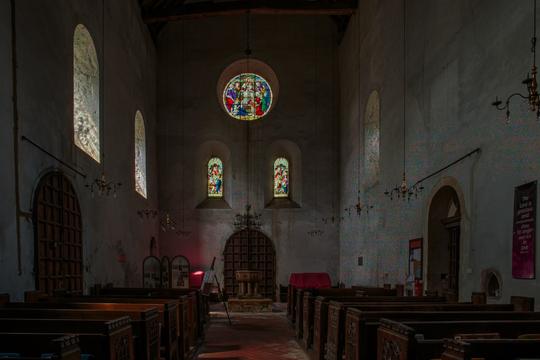St Mary's, Stow
Many visitors ask how it is that such a large church is to be found in such a small village. Though Stow may have been rather larger than it is now, it was always a rural place. Yet it was also the centre of a large block of estates, belonging to the Saxon bishops of Dorchester on Thames. So, it was here that Bishop Aelfnoth, in about 975, built a church to serve, it seems, as head Minster (or mother church) for the Lincolnshire part of his large diocese. It was a sort of cathedral, because part of the bishop’s household of priests (which later became the cathedral chapter) lived at Stow and administered this part of the diocese. The memory of this period gave rise to the tradition that Stow was the Mother Church of Lincoln Cathedral. It is also at least possible that a Saxon church stood hereabouts even before Aelfnoth’s building. According to legend, St Etheldreda (c.630-679) rested at a place called ‘Stow’ while traveling from Northumberland to her eventual refuge at Ely. Her ash staff, planted in the ground, is said to have miraculously burst into leaf to provide her with shelter, whereafter the church of ‘St Etheldreda’s Stow’ (later renamed Stow St Mary) was built to commemorate the event. This legend is illustrated in a Victorian stained glass window high up the north wall of the chancel, to the left of the altar. The ‘Stow’ where the saint rested, however, may in fact have been a place of the same name near Threekingham in southern Lincolnshire.
https://stowminster.co.uk/our-minster/history/
